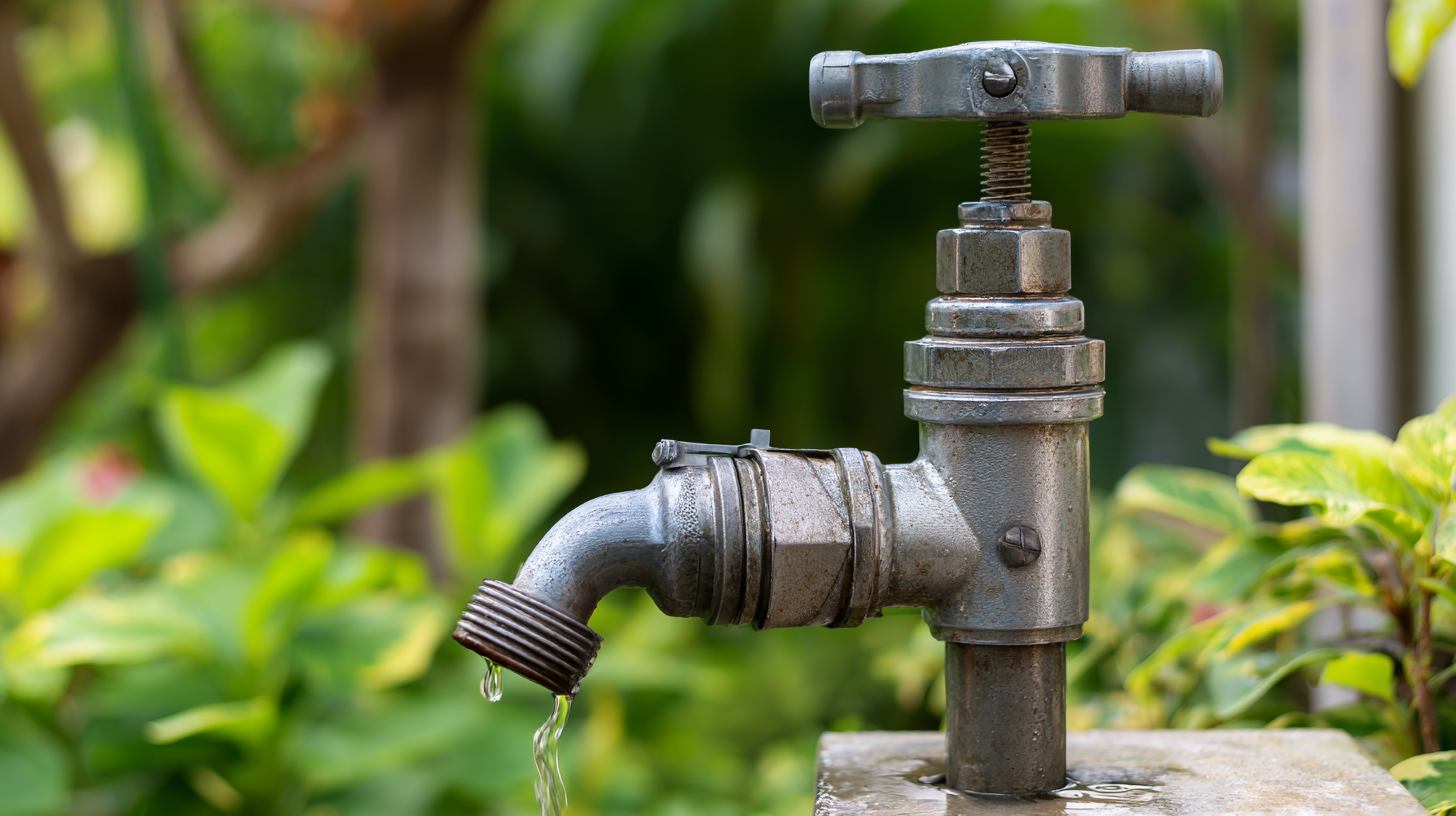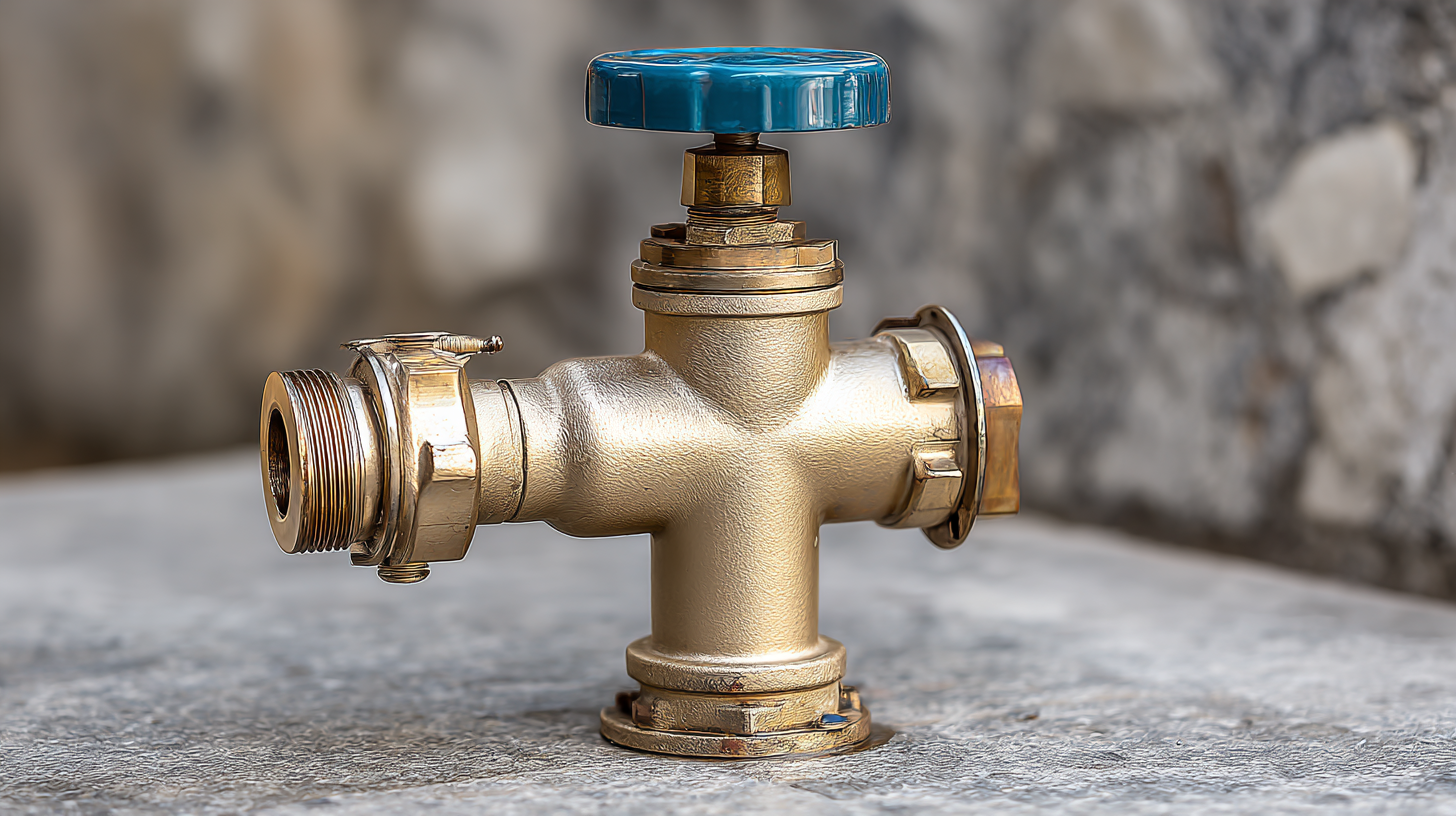Our Blog
Check out our innovative pump solutions and industry insights to see what's new in the pumping industry. Stay up to date with the latest trends and news in the world of pumping technology by following our pumping technology blog.
- Home
- Blog
Essential Guide to Choosing the Perfect Well Water Pump for Your Home Needs
When it comes to ensuring a reliable water supply for your home, selecting the right well water pump is crucial. According to the Water Well Technologies Market Report from Grand View Research, the global well water pump market is expected to grow at a CAGR of 5.1% from 2021 to 2028, driven by increasing demand for adequate water supply in rural and remote areas. Understanding the different types of well water pumps—submersible, jet, and hand pumps—can significantly impact efficiency and performance. Moreover, choosing an appropriate pump not only enhances productivity but also optimizes long-term operational costs. As homeowners increasingly turn to well water systems, a comprehensive guide to selecting the perfect well water pump tailored to specific needs is essential for sustainable water management and overall household convenience.

Key Factors to Consider When Selecting a Well Water Pump for Your Home
When selecting a well water pump for your home, there are several key factors that should be carefully considered to ensure you make the best choice for your specific needs. The first consideration is the depth of your well, as this will determine the type of pump required.
 Submersible pumps are ideal for deep wells, while shallow well pumps work best for less than 25 feet deep. Additionally, it's critical to assess the flow rate necessary for your household; this will affect how quickly you can draw water and how many appliances can run simultaneously without drops in pressure.
Submersible pumps are ideal for deep wells, while shallow well pumps work best for less than 25 feet deep. Additionally, it's critical to assess the flow rate necessary for your household; this will affect how quickly you can draw water and how many appliances can run simultaneously without drops in pressure.
Another significant factor is the pump's durability and maintenance requirements. Investing in a reliable pump that can withstand the conditions of your well will save you money and hassle in the long run. Consider the noise level of the pump, particularly if it will be located near living areas. Lastly, take into account energy efficiency; a pump that uses less electricity can help reduce long-term operating costs. By evaluating these elements, you can confidently choose the perfect well water pump to meet your home needs.
Types of Well Water Pumps: Which One is Best for Your Needs?
When selecting the right well water pump for your home, it’s essential to understand the different types available and their suitability for your specific needs. There are primarily three types of well water pumps: submersible, jet pumps, and hand pumps. Submersible pumps are ideal for deep wells, operating underwater to push water to the surface, while jet pumps are typically used for shallow wells and can be placed above ground. Hand pumps, on the other hand, are more traditional and require manual operation, making them a reliable option for emergencies or low water needs.
According to industry reports, submersible pumps are noted for their high efficiency and ability to pump water from depths of over 300 feet, making them highly suitable for residential use in areas with deep aquifers. Jet pumps, however, have a lower maximum depth capacity (around 125 feet) and are recommended for those with shallower well setups. In recent evaluations of various pump types, it’s been found that modern solar water pumps are gaining traction as a sustainable option, especially for homeowners looking for off-grid solutions. The most efficient models can operate under low sunlight conditions, delivering reliable performance without relying on traditional power sources.
Understanding Well Depth and Water Flow Rate for Pump Selection
When selecting the perfect well water pump, understanding well depth and water flow rate is essential. According to a report by the National Ground Water Association (NGWA), the average depth of residential wells in the U.S. ranges from 100 to 500 feet, depending on geographical location and groundwater availability. Assessing the depth is critical, as it determines not only the type of pump required but also its installation and operational costs.
 For deeper wells, submersible pumps are often recommended, as they are designed to operate submerged in the water, efficiently lifting water to the surface.
For deeper wells, submersible pumps are often recommended, as they are designed to operate submerged in the water, efficiently lifting water to the surface.
In parallel, evaluating the water flow rate is equally important. Flow rate is typically measured in gallons per minute (GPM) and represents how quickly water can be delivered. The U.S. Geological Survey (USGS) states that a typical household consumes around 300 gallons of water per day, which translates to an average flow rate of 5 GPM for sustained usage. When choosing a pump, it is crucial to ensure that the pump's capacity aligns with household demands to prevent running out of water during peak usage times. Selecting a pump that matches both the well depth and the required flow rate guarantees efficient operation and enhances the longevity of the well water system.
Top Features to Look for in a Quality Well Water Pump
When selecting a quality well water pump for your home, several key features should guide your decision. First, consider the pump type—submersible or jet pumps—depending on your water source depth and accessibility. Submersible pumps are typically more efficient for deep wells, while jet pumps work well for shallow sources. Ensuring that you choose a pump suited to your specific situation is crucial for optimal performance and longevity.
Another important feature to assess is the pump's flow rate and pressure capabilities. A reliable pump should provide an adequate flow rate to meet your household's demands, whether for irrigation, bathing, or cooking. Look for models that offer adjustable pressure settings, which allow you to customize the water delivery based on your needs. Additionally, consider the materials used in the pump’s construction; corrosion-resistant materials are essential for durability and long-term use, especially in variable water quality conditions.
Maintenance Tips to Ensure Longevity of Your Well Water Pump
When it comes to maintaining a well water pump, consistent upkeep is crucial to ensure longevity and efficiency. According to the Water Systems Council, proper maintenance can extend the life of your pump by as much as 15 years, allowing homeowners to avoid costly replacements. Regularly scheduled inspections should include checking for leaks, ensuring the electrical components are functioning properly, and examining the condition of the pressure tank. Monitoring these elements not only prevents unexpected failures but also promotes optimal performance during peak usage times.
Additionally, water quality significantly impacts the lifespan of your pump. The Environmental Protection Agency (EPA) recommends testing your well water annually for contaminants, which can degrade the pump's components over time. High levels of sediment can lead to clogs, while corrosive minerals can damage the motor and other essential parts. If water quality issues are detected, appropriate treatment solutions should be employed, such as filtration systems or regular flushing, to mitigate wear and tear. Investing in these proactive maintenance measures ensures that your well water pump remains reliable and efficient for years to come.
Essential Guide to Choosing the Perfect Well Water Pump for Your Home Needs - Maintenance Tips to Ensure Longevity of Your Well Water Pump
| Pump Type | Best Use Cases | Pump Depth Range | Maintenance Tips | Average Lifespan |
|---|---|---|---|---|
| Submersible Pump | Deep well applications, high capacity | 100 - 400 feet | Regularly check for blockages, inspect wiring | 8 - 15 years |
| Jet Pump | Shallow well applications, lower capacity | 0 - 25 feet | Inspect for leaks, service annually | 5 - 10 years |
| Hand Pump | Emergency use, reliable backup | 0 - 50 feet | Grease moving parts, inspect seals | 20+ years |
| Solar Pump | Remote locations, eco-friendly | 0 - 300 feet | Keep panels clean, check battery connections | 5 - 10 years |


